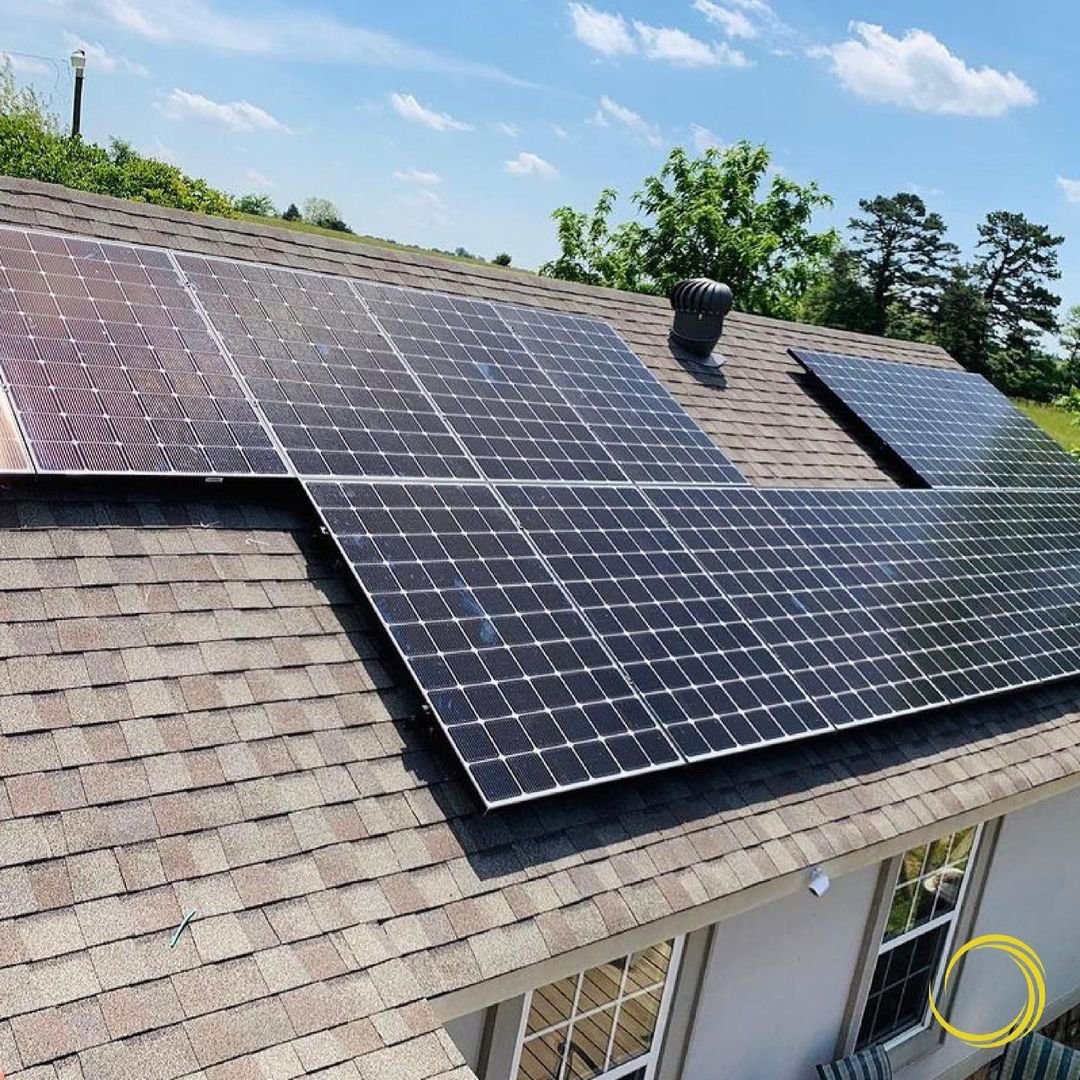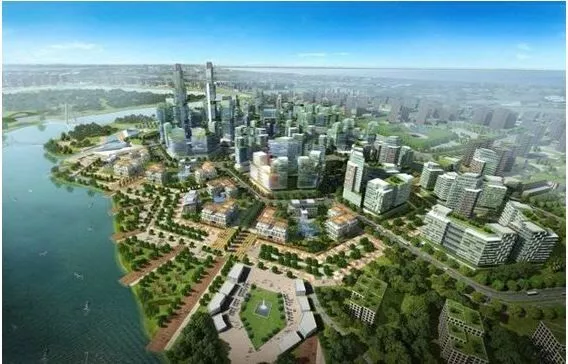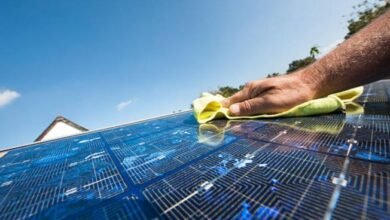
Do solar panels last forever?
As photovoltaic solar energy installations become more and more frequent at the domestic level, the prices of each and every one of the necessary components are decreasing . Although it is important to say that everything we buy we will not have for the rest of our days. For example, batteries have a certain useful life, and we must replace them every X time.
Do solar panels last forever?
Time also passes for photovoltaic solar panels , which wear out over time and will gradually suffer a drop in performance . Of course, the quality of it will determine its useful life. Although most of them have a guarantee of 20 or 25 years, it is usually said that they can last up to 40 years. What is not usually said is that the panels lose performance as time goes by. This is very important when it comes to sizing our photovoltaic solar installation , since obviously whoever invests in a solar installation wants to obtain an energy yield that is useful until the time we have to replace our installation.
During the time in which the panels are losing performance, we must develop methods to be able to measure the wear they suffer due to changes in temperature, dirt, inclement weather, or the effects of ultraviolet rays. If we inspect the cells of our photovoltaic solar panel from time to time , we will be able to reduce possible losses and maintain, as far as possible, its performance .
And then what should we do to know the state of efficiency of our photovoltaic solar panels ? Currently, many professionals in the sector work in numerous methods. Indian engineers such as Parveen Bhola and Saurabh Bhardwaj from the Thapar Institute of Engineering and Technology have been dealing with this problem for years, managing to develop statistical methods based on machine learning. These allow us to examine our solar panels in real time.
These researchers have developed a method that, through cluster computing, makes use of historical meteorological values with which they measure the degradation and performance ratios . Thanks to this system, it is enough to know the location in which we have our solar installation, with which we avoid having to analyze our equipment on site .
The developed method takes into account such different aspects as humidity, hours of sunshine, available solar energy , atmospheric pressure, temperature, the day of the year in which we find ourselves, or the speed of the wind, for example. By taking into account each and every one of these values, the developed algorithm offers us predictions as to what the performance of our installation will be as the days go by .
Until recently, the method used required an inspection of our solar panels in the location where they were installed, which involved a high cost, and also did not allow us to know the status of our installation in real time. Instead, this method provides us with an estimate of the degradation of our equipment and loss of performance in real time .
By means of this system we will be able to determine with a greater possibility of success, what should be the energy produced by a panel or several of them at a specific moment, considering what is the degradation that they should suffer. In this way, by analyzing the energy generated, we can know if our solar panel is working optimally or not, being able to carry out maintenance if necessary (for example, in the event that the panel is receiving shade from some element , or because it is dirtier than it should, etc).





